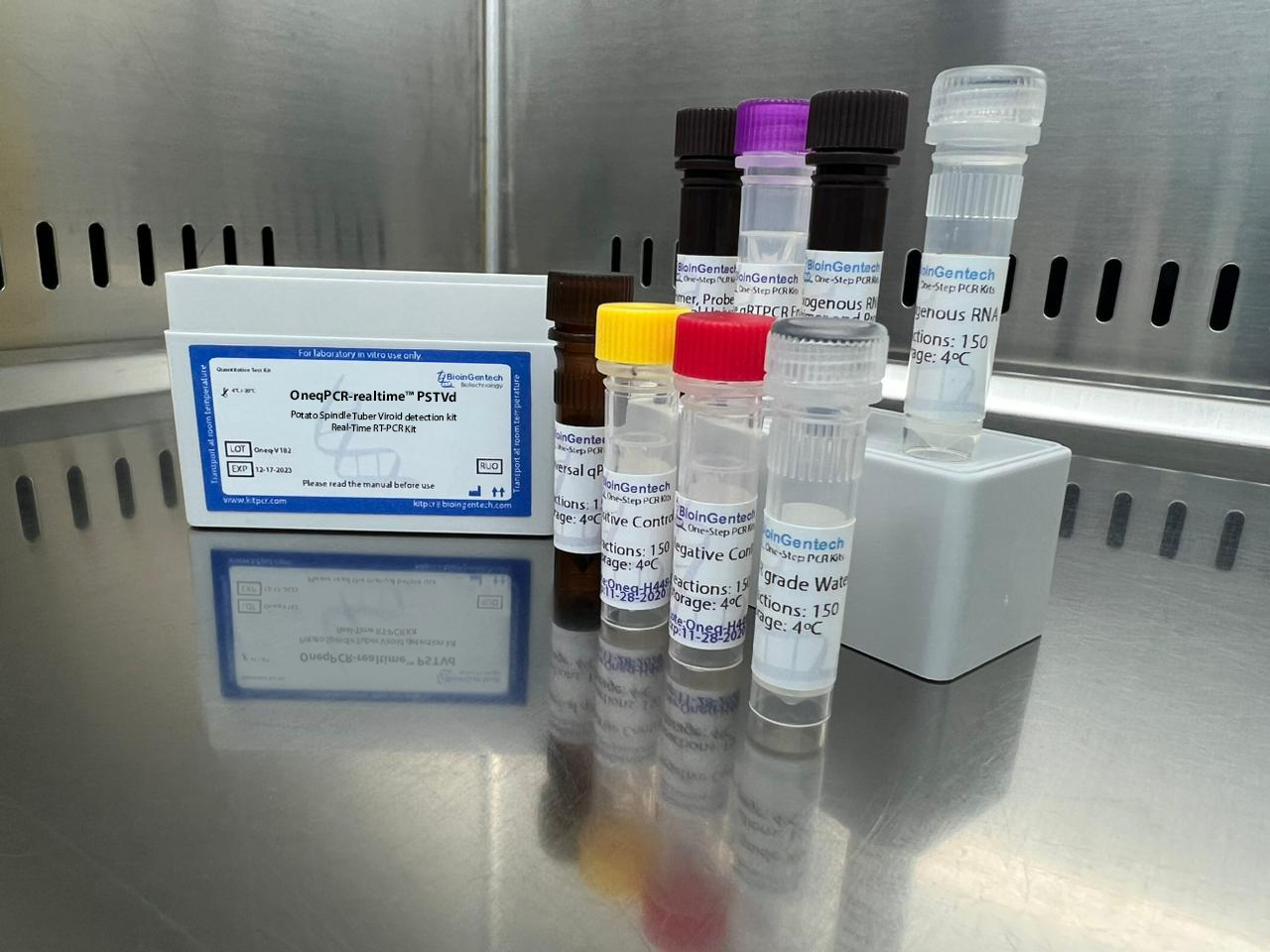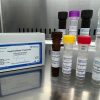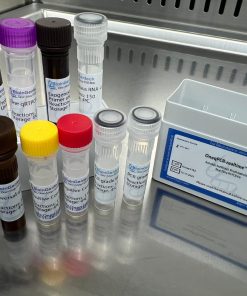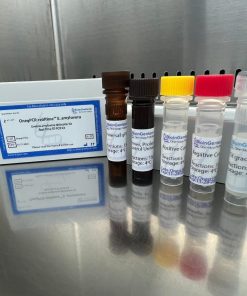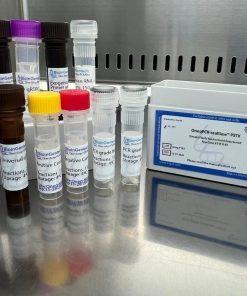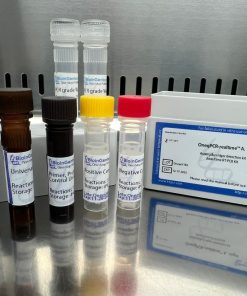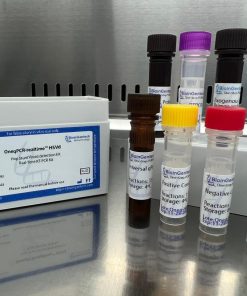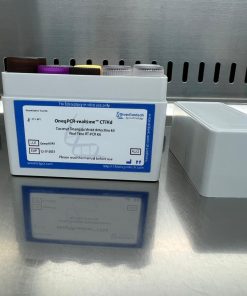Potato Spindle Tuber Viroid detection kits
| One-Step | 50 – 100 – 150 reactions |
The Potato Spindle Tuber Viroid (PSTVd) is a small (359 nucleotide), circular RNA molecule closely related to the Chrysanthemum stunt viroid. The natural hosts are potatoes (Solanum tuberosum) and tomatoes (Solanum lycopersicum). All potatoes and tomatoes are susceptible to PSTVd and there is no form of natural resistance. Natural infections have also been seen in avocados. Potato spindle tuber disease has been found in the United States, Canada, Russia and South Africa, and it is one of the most destructive diseases of potatoes. Symptoms in severe strains are dependent on environmental conditions and are most severe in hot conditions. Symptoms may be mild in initial infections but become progressively worse in the following generations. Common symptoms of severe infections include colour changes in the foliage, smaller leaves and spindle like elongation. Sprouting also occurs at a slower rate than in unaffected potatoes. Infected tomatoes are slower to show symptoms which include stunted growth with a ‘bunchy top’ caused by shortened internodes. Leaves become yellow or purple and often become curled and twisted. Necrosis eventually occurs in the veins of the bottom and middle leaves and the top leaves don’t die but are reduced in size. Fruit ripening is also affected leading to hard, small, and dark green tomatoes.
| One-Step | MANUAL | MSDS |

